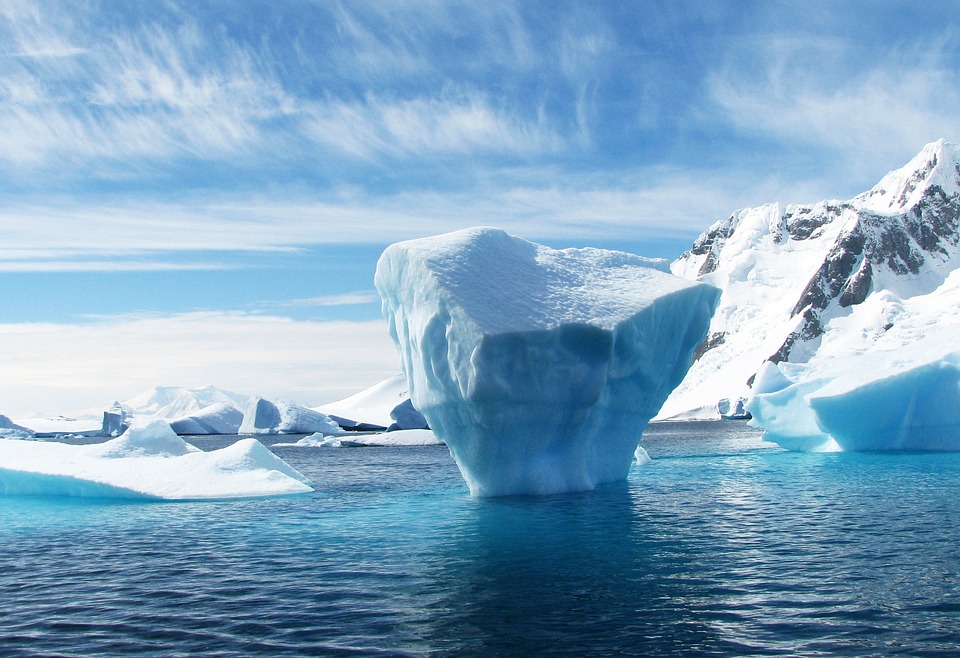The Race to the North Pole: A History of Arctic Expeditions
The Arctic has long been a place of fascination and mystery for explorers. The quest to reach the North Pole has captivated the minds of adventurers for centuries, leading to many daring and treacherous expeditions into the icy unknown. From the early attempts by legendary explorers such as Robert Peary and Roald Amundsen, to more recent expeditions by modern-day adventurers, the race to the North Pole has been marked by triumphs, tragedies, and incredible feats of endurance.
Early Expeditions to the North Pole
The first recorded attempts to reach the North Pole date back to the early 19th century, when British explorer Sir John Franklin set out on an ill-fated expedition in 1845. Franklin’s ships, the HMS Erebus and HMS Terror, became trapped in the ice and their crews perished in the Arctic wilderness. The mystery of Franklin’s fate captured the public imagination and spurred further expeditions to the North Pole in the years that followed.
One of the most famous early expeditions to the North Pole was led by American explorer Robert Peary. In 1909, Peary claimed to have reached the North Pole with his team of explorers, becoming the first person to do so. However, his claim has been a subject of controversy, with some historians questioning the accuracy of his methods and measurements.
Rivalry and Triumph: Amundsen and Scott
Another legendary explorer who played a key role in the race to the North Pole was Roald Amundsen. In 1926, Amundsen successfully navigated an airship over the North Pole, becoming the first person to reach the Pole by air. Amundsen’s accomplishment was a testament to his skill and determination, and solidified his place in the annals of Arctic exploration.
Amundsen is perhaps best known for his historic race to the South Pole with British explorer Robert Falcon Scott. In 1911, both men set out on competing expeditions to be the first to reach the South Pole. Amundsen’s team ultimately reached the Pole first, while Scott and his men tragically perished on their return journey. The race to the South Pole was a defining moment in the history of polar exploration, highlighting the dangers and challenges of venturing into the world’s most remote and inhospitable regions.
Modern-Day Expeditions
While the golden age of Arctic exploration may be behind us, there are still adventurers who are drawn to the challenge of reaching the North Pole. In recent years, a number of individuals and teams have attempted to make the journey to the Pole, using a variety of means including dog sleds, skis, and even hot air balloons.
Perhaps one of the most notable modern-day expeditions to the North Pole was the Catlin Arctic Survey, led by explorer Pen Hadow in 2009. The expedition aimed to gather data on the effects of climate change in the Arctic region, as well as to test new technologies for navigating the ice. The team faced numerous challenges along the way, including shifting ice floes, extreme temperatures, and encounters with polar bears. Despite these obstacles, the Catlin Arctic Survey successfully reached the North Pole, shedding new light on the changes occurring in the region.
The Future of Arctic Exploration
As the Arctic continues to change due to the impacts of climate change, the future of polar exploration remains uncertain. The once formidable ice cap is shrinking at an alarming rate, opening up new opportunities for navigation and resource extraction in the region. However, this also presents new challenges for explorers, who must contend with unpredictable weather patterns, deteriorating ice conditions, and the increasing presence of commercial interests.
In the face of these challenges, the spirit of exploration and discovery lives on in those who are drawn to the icy expanse of the Arctic. Whether it be scientists studying the effects of climate change, adventurers seeking to test their limits, or simply curious travelers looking to experience the beauty of the polar wilderness, the North Pole will continue to capture the imagination of those who venture into its frozen domain.
In conclusion, the race to the North Pole is a testament to the human spirit of adventure and perseverance. From the early expeditions of Franklin and Peary, to the triumphs of Amundsen and the modern-day explorations of Hadow, the quest to reach the Pole has been marked by courage, determination, and a relentless pursuit of the unknown. As we look to the future of Arctic exploration, we can only imagine the incredible feats that await those who dare to follow in the footsteps of the great polar explorers who came before them.
